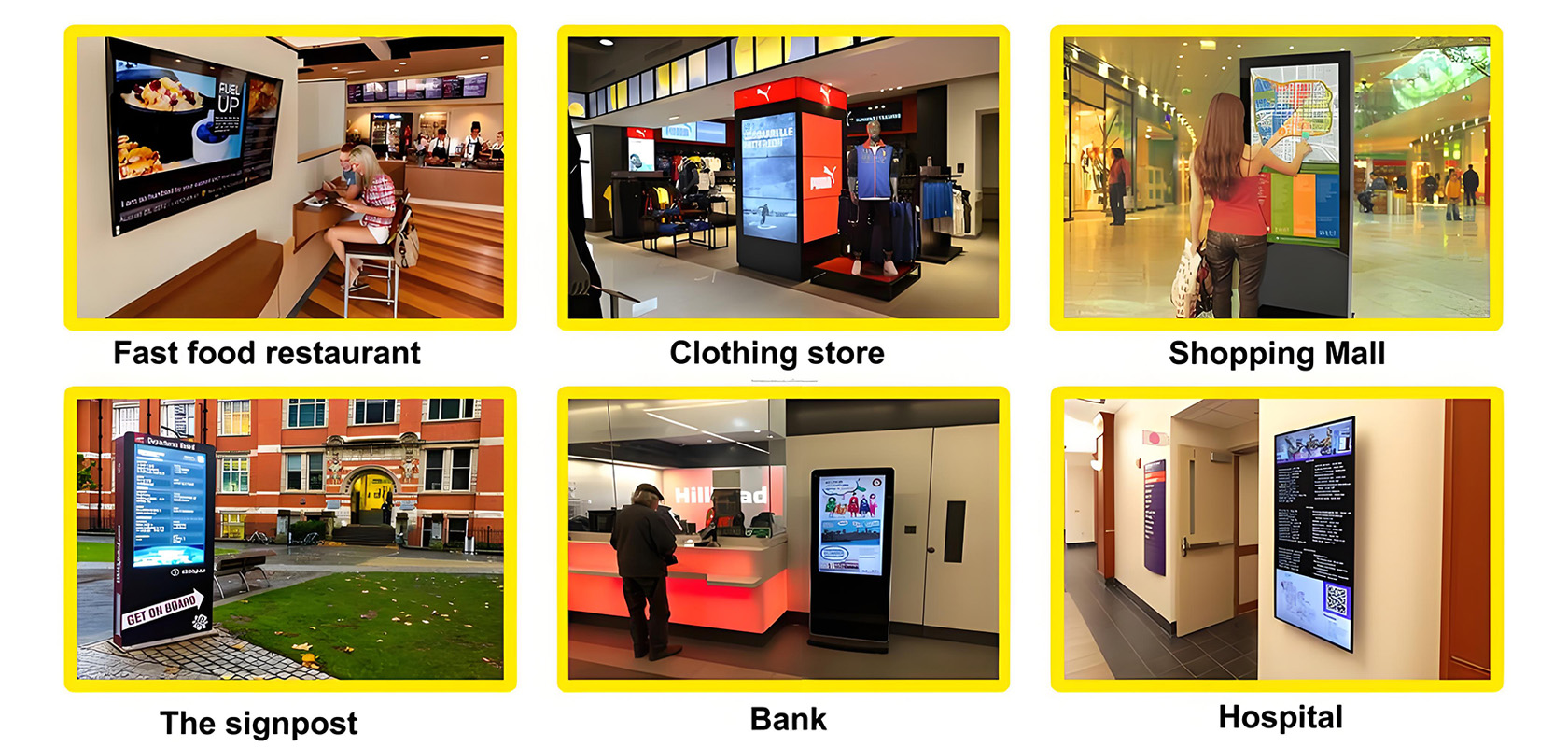
The restaurant industry is undergoing a seismic shift. Gone are the days of long queues, order miscommunications, and rigid menus. In 2025, self-service food kiosks are no longer a novelty—they’re a necessity. From hospital cafeterias to global fast-food chains, these intuitive systems are streamlining operations, boosting revenue, and redefining customer experiences. Let’s dive into how this technology is reshaping dining and what it means for your business.
Self-service kiosks eliminate bottlenecks during peak hours. For hospital cafeterias or busy QSRs (Quick Service Restaurants), this means faster order processing and happier customers. A study by Intouch Insight found that kiosks cut order time by 12 seconds compared to traditional counter service.
- Labor Savings: One kiosk can replace 1–2 cashiers, saving up to $50,000 annually in labor costs.
- Error Reduction: Orders placed via kiosks have near-100% accuracy, minimizing food waste and remakes.
Kiosks aren’t just for ordering—they’re profit engines. With dynamic menus and AI-driven recommendations, they subtly nudge customers toward higher-margin items. For example, a Taiwanese fast-food brand saw a 15% increase in average order value after integrating upsell prompts.
- Personalization: Loyalty-linked kiosks recognize repeat customers and suggest tailored combos (e.g., “Your usual latte with a muffin today?”).
- Time-Sensitive Promotions: Display breakfast specials in the morning or happy-hour deals in the afternoon.
Modern kiosks track everything: top-selling items, peak hours, and customer preferences. Hospital cafeterias, for instance, can adjust menus based on staff shifts, while retail chains optimize inventory.
- Real-Time Analytics: Monitor trends like “40% of orders include a side salad after 6 PM” to refine your offerings.
- Menu Optimization: Rotate seasonal dishes or retire underperformers without printing new menus.
Kiosks are getting smarter. Intel-powered systems like WINTEC’s smart checkout kiosks use OpenVINO™ AI to recognize food items and prevent loss (e.g., alerting staff if a customer forgets to scan a drink).
- Voice AI Integration: Brands like Wendy’s and Taco Bell are testing voice-enabled kiosks for hands-free ordering.
- Dietary Customization: Hospital kiosks can suggest gluten-free or low-sodium options based on patient profiles.
Customers expect consistency. A diner who orders via your app should see the same menu and rewards on your in-store kiosk.
- Cloud Kitchen Syncing: Platforms like Freshlane use kiosks to manage orders across virtual brands, ensuring real-time updates for ghost kitchens.
- Unified Loyalty Programs: Link kiosks to apps so points earned in-store apply to future mobile orders.
Space-saving kiosks are ideal for small cafes or food courts. Eats365’s iPad-based system, for example, requires just a tablet and a printer to start.
In 2015, McDonald’s tested DIY burger kiosks in select U.S. locations. By 2025, the concept has scaled globally. Customers customize every detail—from bun type to sauce—and orders are delivered table-side. Result? Higher satisfaction and a 20% lift in premium burger sales.
A top fried chicken chain partnered with Advantech to deploy dual-screen kiosks. The vertical display shows promotional videos while customers wait, increasing upsell opportunities by 18%.
A major hospital reduced lunchtime queues by 40% using WINTEC’s self-checkout terminals. Staff now focus on meal prep, and dietary data syncs with patient health records.
1. Flexible Hardware: Look for iPad/Android compatibility (like Eats365) or rugged designs for outdoor use.
2. Payment Options: Ensure support for mobile wallets (Apple Pay, Alipay) and contactless cards.
3. Scalability: Cloud-based systems let you update menus across multiple locations instantly.
4. Analytics Dashboard: Prioritize vendors offering real-time sales and customer behavior reports.
The Human Touch: Balancing Tech & Hospitality
While kiosks excel at speed, don’t overlook the human element. A 2025 study found that friendliness scores drop by 12% when customers use kiosks instead of staff.
Pro Tip: Train employees to assist first-time users or offer complimentary samples at kiosk stations. Dutch Bros’ “kiosk ambassadors” increased customer satisfaction by 25%.
Self-service food kiosks are no longer optional—they’re critical for staying competitive. Whether you’re a hospital cafeteria manager or a QSR franchise owner, this technology delivers tangible ROI: lower costs, happier customers, and smarter operations. Ready to take the leap? Explore solutions from industry leaders like Eats365, Advantech, and WINTEC to find the perfect fit for your business. We are a manufacturer of self service food kiosk. Welcome to inquire about wholesale prices and customized self service food kiosk.
Current article link: https://www.lcdkiosk.com/news/1434.html

Tel
